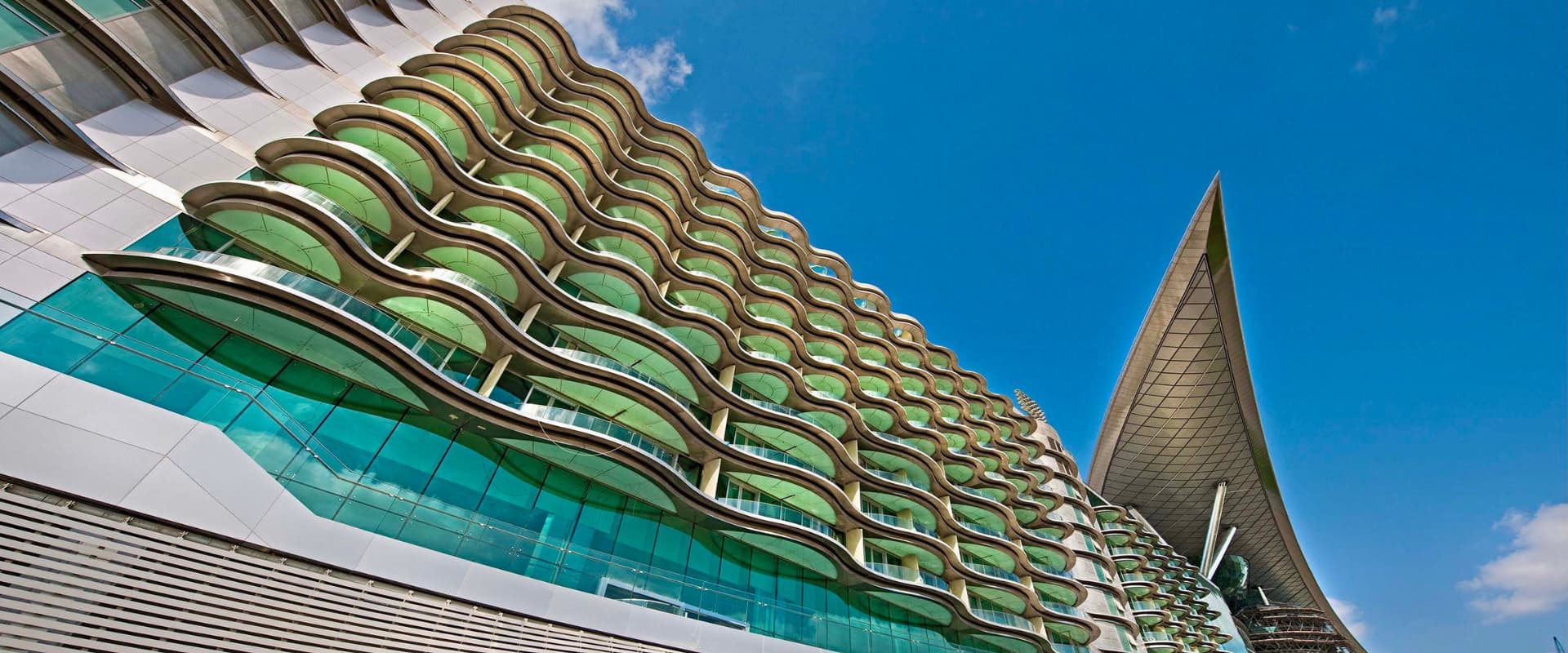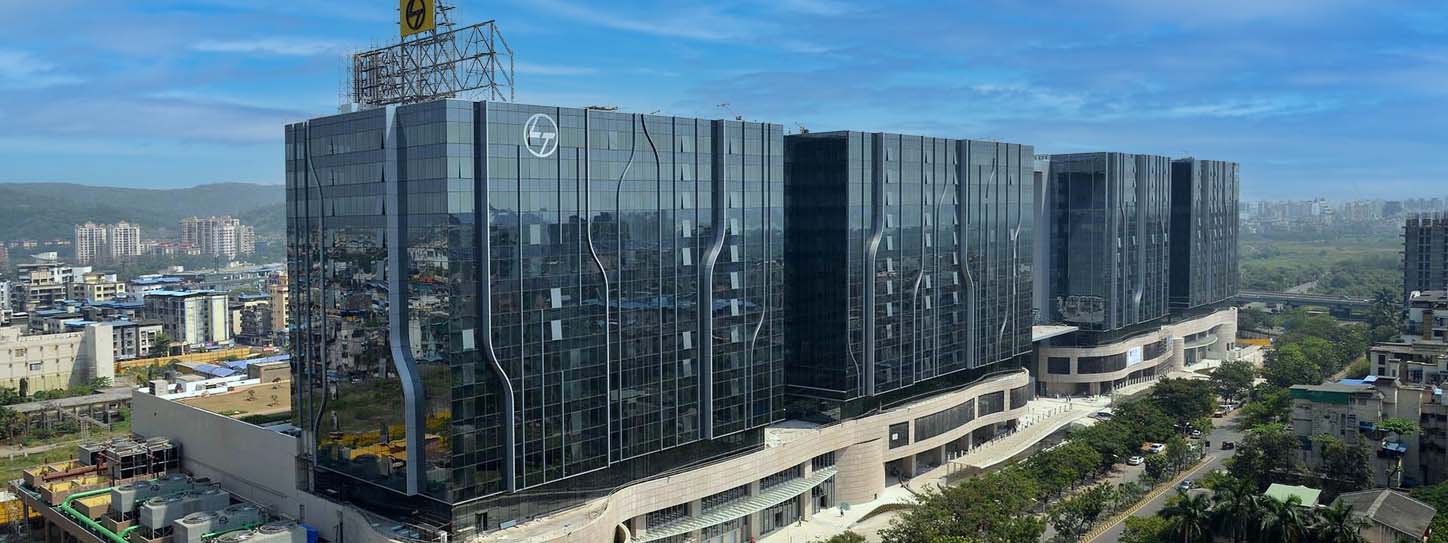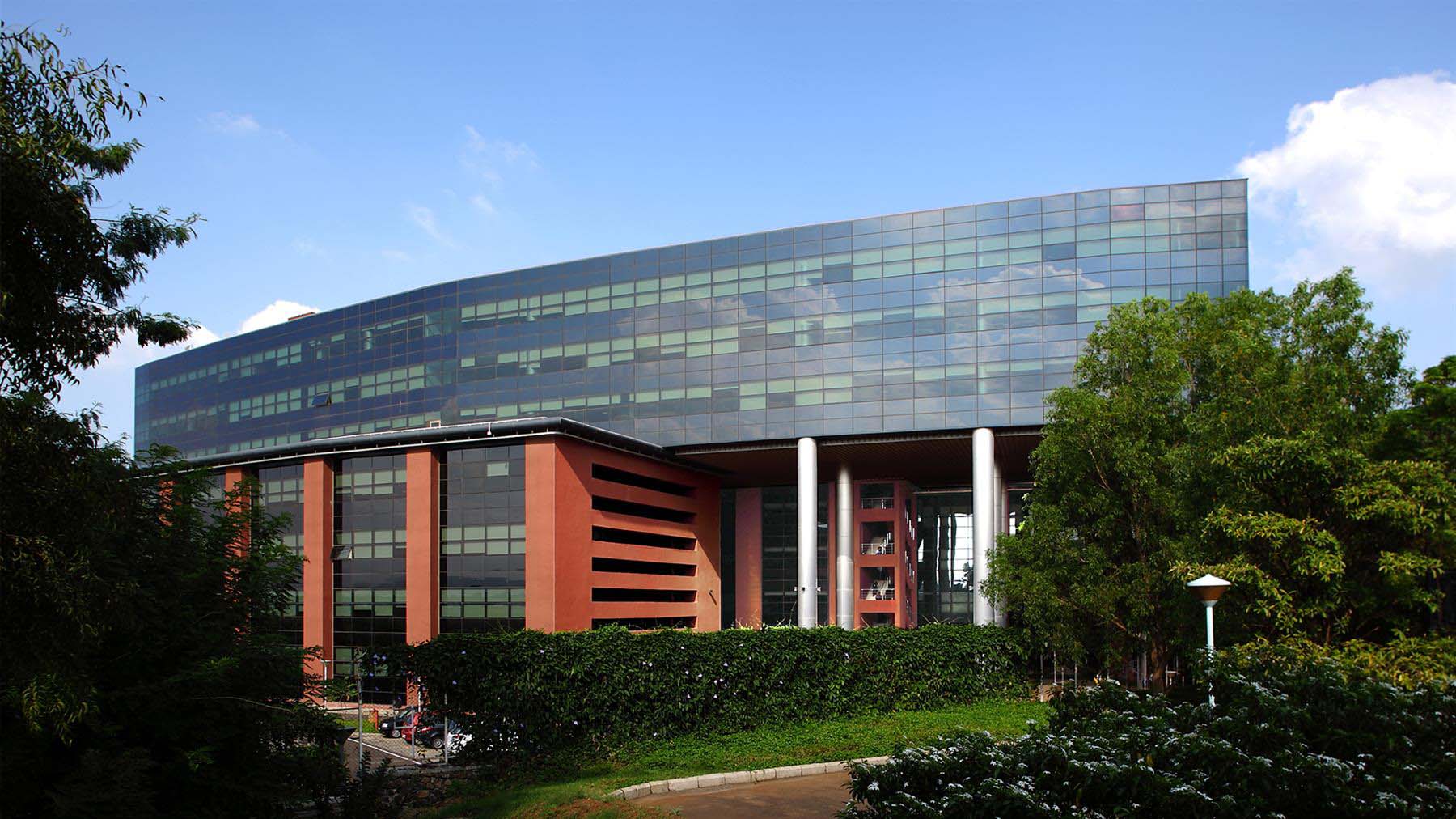What is Façade Glass?
Façade glass, also known as curtain wall or structural glazing, refers to the external walls of a building that are primarily made of glass. The glass used in façade systems is usually composed of multiple layers of high-performance glass, which are held together by a metal frame or structural sealant.
The History of Glass Facades:
The use of glass in architecture dates back to ancient times. However, it was not until the late 19th century that the first commercial glass curtain wall was introduced in Chicago. This development allowed buildings to become more transparent, allowing for more natural light and a sense of openness.
The Types of Glass Used in Facades:
There are several types of glass used in façade systems. These include:
Float Glass: This is a standard clear glass that is used in most façade systems.
Tempered Glass: This type of glass is heat-treated to make it more resistant to breaking.
Laminated Glass: Laminated glass is composed of multiple layers of glass with an interlayer made of polyvinyl butyral (PVB) or ethylene-vinyl acetate (EVA). This type of glass is often used for safety and security purposes.
Insulated Glass: Insulated glass is made up of multiple layers of glass with a sealed air space between them. This air space provides insulation, making it more energy-efficient.
The Benefits of Using Glass in Facades:
The use of glass in facades offers several benefits. These includes:
- Natural Light: Glass facades allow for natural light to enter the building, reducing the need for artificial lighting and creating a more comfortable environment for occupants.
- Energy Efficiency: Glass facades with insulated glass can improve a building's energy efficiency by reducing heat loss and gain.
- Aesthetics: Glass facades provide a modern and sleek look that can enhance the overall appearance of a building.
- Durability: High-performance glass is strong and resistant to breakage, making it a durable choice for façade systems.
The Different Types of Glass Facades:
There are several types of glass facades, including:
- Stick-built System: In this system, individual pieces of glass are attached to a frame on-site.
- Unitized System: In this system, pre-fabricated units of glass and framing are assembled off-site and then installed on the building.
- Point-supported System: This system uses small metal fittings to connect the glass to the building structure, giving the appearance of a suspended glass façade.
- Structural Glazing System: This system uses a silicone adhesive to bond the glass directly to the building structure, creating a seamless appearance.
Overall, the use of glass in façade systems has come a long way since its inception. Today, glass facades are an essential part of modern architecture, providing numerous benefits to building owners and occupants. With a variety of glass types and facade systems to choose from, architects have the flexibility to create unique and innovative designs that are both functional and aesthetically pleasing.
The Impact of Glass Facades on Modern Architecture:
The use of glass facades has had a significant impact on modern architecture. Glass facades have not only provided practical benefits, but they have also changed the way architects approach building design.
One of the major impacts of glass facades is the way they have influenced building aesthetics. The use of glass allows for buildings to be more transparent and open, creating a sense of lightness and airiness. This has led to the development of new building styles and designs that focus on transparency, such as the use of floor-to-ceiling glass walls and the integration of outdoor spaces.
Glass facades have also had an impact on the way buildings interact with their surroundings. The transparency of glass allows buildings to blend in with their environment and become a part of the surrounding landscape. This has led to the development of sustainable design practices, such as the use of green roofs and the incorporation of natural light into building design.
Furthermore, the use of glass facades has also influenced building technology and engineering. With advancements in glass technology, architects can now design buildings with high-performance glass that is more energy-efficient, resistant to breakage, and better at managing solar heat gain. This has led to the development of more sustainable and resilient buildings that can withstand the changing climate and environmental conditions.
In conclusion, the impact of glass facades on modern architecture has been significant. Glass facades have not only provided practical benefits such as energy efficiency and natural light, but they have also influenced building aesthetics, sustainability, and technology. As glass technology continues to advance, we can expect to see even more innovative and sustainable building designs that incorporate glass facades in new and exciting ways.
Whether you're an architect, designer, or contractor, our range of Façade Glass has something for everyone.
Get in touch now to see for yourself!

You might also like
Feb 21, 2022 by TARIQ KACHWALA
Feb 21, 2022 by TARIQ KACHWALA
Feb 23, 2022 by TARIQ KACHWALA









